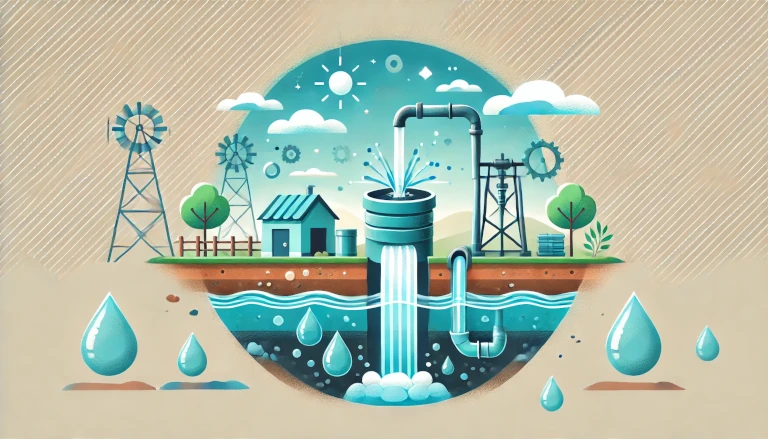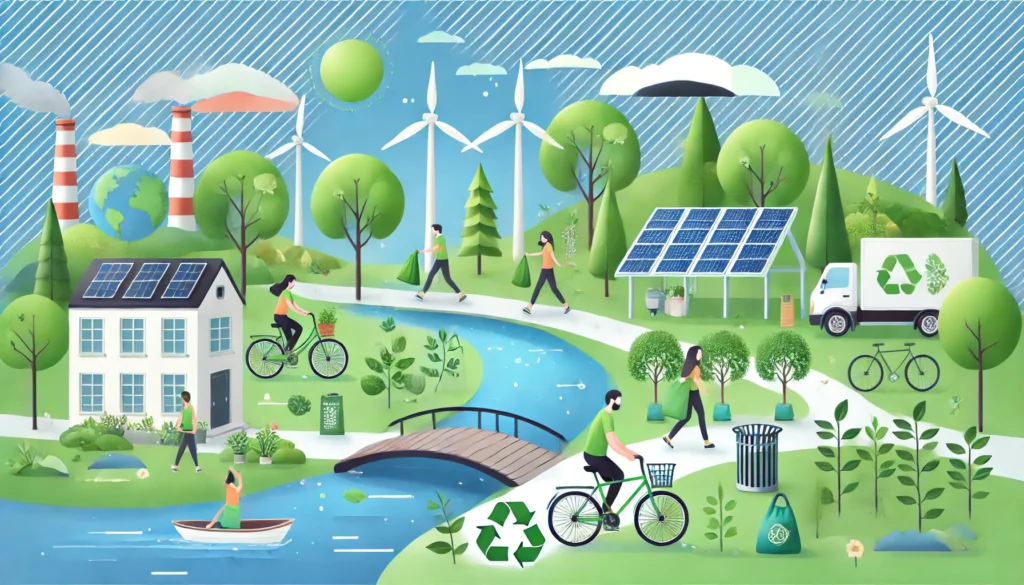Bore well recharge is a simple yet highly effective method for replenishing groundwater resources by redirecting rainwater back into bore wells. As water scarcity becomes a growing concern in many regions, bore well recharge offers a sustainable solution for ensuring a steady supply of groundwater, particularly in areas that rely heavily on bore wells for their water needs.
In this blog, we will explain what bore well recharge is, how it works, and why it is essential for water conservation. We’ll also provide practical tips on implementing bore well recharge systems and how they can help prevent bore well depletion and promote sustainable groundwater management.
What is Bore Well Recharge? 🌧️🔄
Bore well recharge is a process in which rainwater or surface water runoff is directed back into an existing bore well to help replenish groundwater levels. This method is particularly useful in areas where groundwater levels are rapidly depleting due to excessive extraction for agriculture, industrial use, or domestic consumption.
By capturing rainwater and allowing it to percolate back into the ground, bore well recharge helps maintain groundwater levels and ensures a reliable source of water during dry periods.
Why Bore Well Recharge is Important for Groundwater Conservation 🌿💧
With the increased demand for groundwater and the challenges posed by climate change, bore well recharge plays a crucial role in maintaining water sustainability. Here are some reasons why bore well recharge is essential:
1. Prevents Groundwater Depletion 🌍
Overuse of bore wells can lead to groundwater depletion, making it difficult for communities to access water. Bore well recharge helps replenish these resources, ensuring that groundwater remains available for future use.
2. Improves Water Availability 🚰
By recharging bore wells, we can increase water availability for drinking, agriculture, and industrial needs. This is especially important in drought-prone regions where water scarcity is a major concern.
3. Enhances Water Quality 💧
As water filters through the soil during the recharge process, it undergoes natural filtration, which can help improve water quality by removing impurities and pollutants.
4. Reduces Soil Erosion and Flooding 🌦️
Bore well recharge systems can help reduce the risk of soil erosion and flooding by directing excess rainwater back into the ground, rather than allowing it to run off and cause erosion or waterlogging.
How Does Bore Well Recharge Work? 🛠️🌧️
Bore well recharge involves several steps to effectively direct rainwater back into the groundwater table. Here’s a simple explanation of how the process works:
1. Collecting Rainwater 🌧️
The first step is to collect rainwater from rooftops, paved surfaces, or other catchment areas. This water is then directed to a filtration unit to remove debris and contaminants.
2. Filtration System 🧼
Once collected, the rainwater passes through a filtration system to ensure that only clean water reaches the bore well. The filtration system typically includes layers of sand, gravel, and charcoal to remove sediment and impurities.
3. Directing Water into the Bore Well 🔄
After filtration, the water is directed into the bore well through a recharge pit or injection well. This allows the water to percolate into the groundwater table, replenishing the aquifer and increasing the water level in the bore well.
4. Monitoring and Maintenance 🔧
Regular monitoring and maintenance of the bore well recharge system are essential to ensure its efficiency. This includes checking the filtration system, ensuring the recharge pit is clear, and monitoring water levels to assess the effectiveness of the recharge process.
Types of Bore Well Recharge Systems 🏞️💧
There are different methods of bore well recharge, depending on the location, water availability, and soil type. Here are some common types:
1. Recharge Pit 🌱
A recharge pit is a simple and cost-effective method where a pit is dug around the bore well and filled with layers of sand, gravel, and stones. The collected rainwater passes through these layers and percolates into the bore well, recharging the groundwater.
2. Injection Well 🌧️
An injection well involves drilling a new well or modifying an existing bore well to allow rainwater to be directly injected into the groundwater table. This method is more suitable for areas with low permeability and is effective in areas with limited space.
3. Trenches and Soakaways 🌾
In agricultural areas, trenches and soakaways are dug to channel rainwater into the soil. These methods are used for large-scale recharge and can be especially effective in farmlands or areas with significant runoff.
Real-World Example: Bore Well Recharge in India 🇮🇳🌧️
India faces significant challenges with groundwater depletion, and bore well recharge has become a crucial strategy in many regions. In states like Maharashtra and Rajasthan, farmers and communities have implemented bore well recharge systems to combat water scarcity and ensure a sustainable supply of groundwater. These efforts have not only improved water availability but have also helped reduce the impact of droughts on agriculture.
Benefits of Bore Well Recharge 🌍💦
The advantages of bore well recharge are numerous, contributing to both environmental and social benefits:
- Long-Term Water Supply: Recharging bore wells ensures a steady water supply for households, agriculture, and industries.
- Eco-Friendly Solution: Bore well recharge is a natural process that supports water conservation without relying on extensive infrastructure.
- Cost-Effective: Bore well recharge is a low-cost solution for water conservation, making it accessible for rural communities and farmers.
- Prevents Overexploitation: By replenishing groundwater, bore well recharge helps prevent the overuse of bore wells, reducing stress on aquifers.
How to Implement Bore Well Recharge at Home 🛠️💧
If you have a bore well at home, you can consider implementing a recharge system to improve groundwater levels. Here are a few steps to get started:
- Assess the Bore Well Condition: Ensure that the bore well is suitable for recharge and free from contamination.
- Install a Filtration Unit: Set up a simple filtration system to remove debris and impurities from collected rainwater.
- Dig a Recharge Pit: Create a recharge pit around the bore well and fill it with layers of sand, gravel, and stones.
- Divert Rainwater: Use pipes or channels to direct rainwater from your rooftop or yard into the recharge pit.
- Monitor Regularly: Check the water levels and maintain the filtration system to ensure efficient recharging.
Bore Well Recharge for a Sustainable Future 🌍💧
Bore well recharge is an effective and sustainable solution for combating groundwater depletion and ensuring water availability for the future. By redirecting rainwater back into the ground, we can replenish aquifers, improve water quality, and reduce the risk of water shortages. As water scarcity continues to be a pressing issue, adopting bore well recharge systems can make a significant difference for both individuals and communities.
Let’s contribute to groundwater conservation by implementing bore well recharge techniques and promoting sustainable water management practices.
Discover more from Green Ecosystem - Renewable Energy, Agriculture, and Environmental Sustainability
Subscribe to get the latest posts sent to your email.


